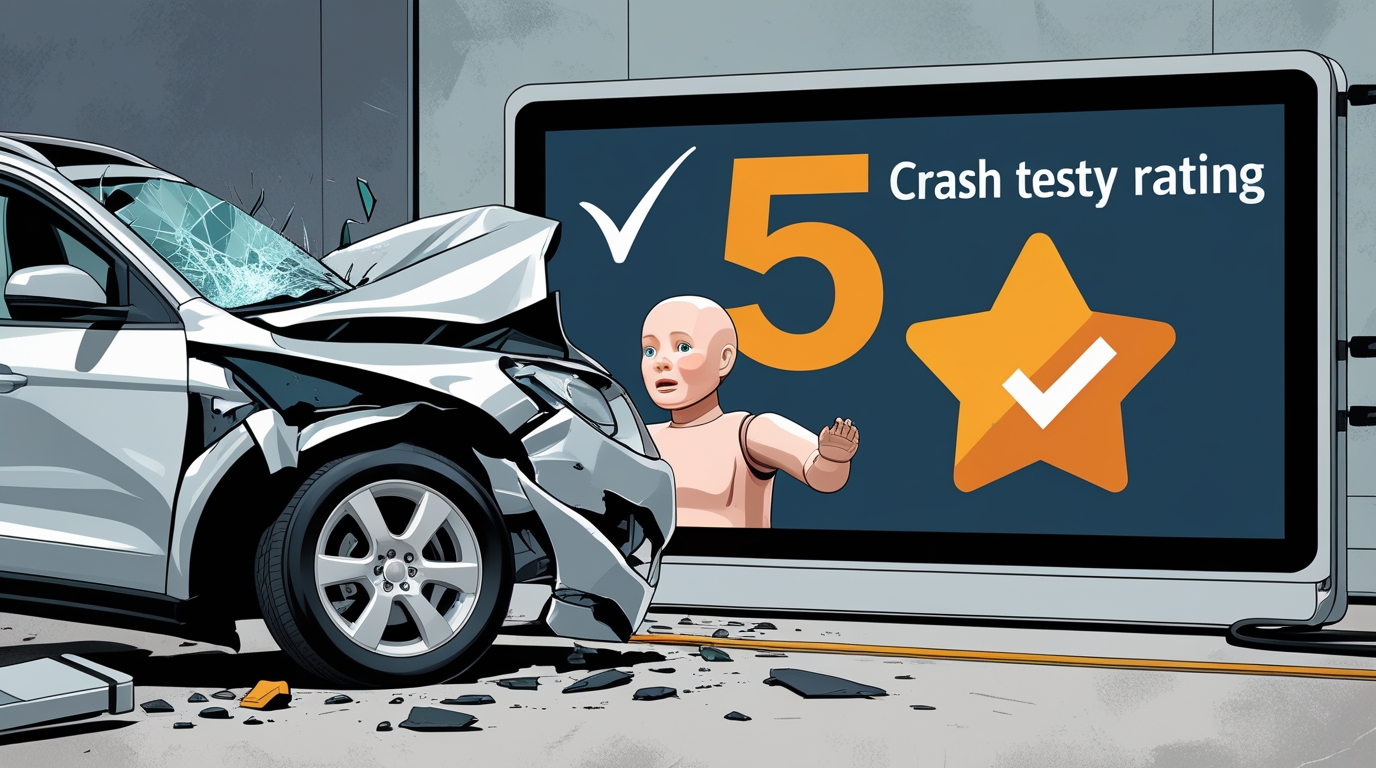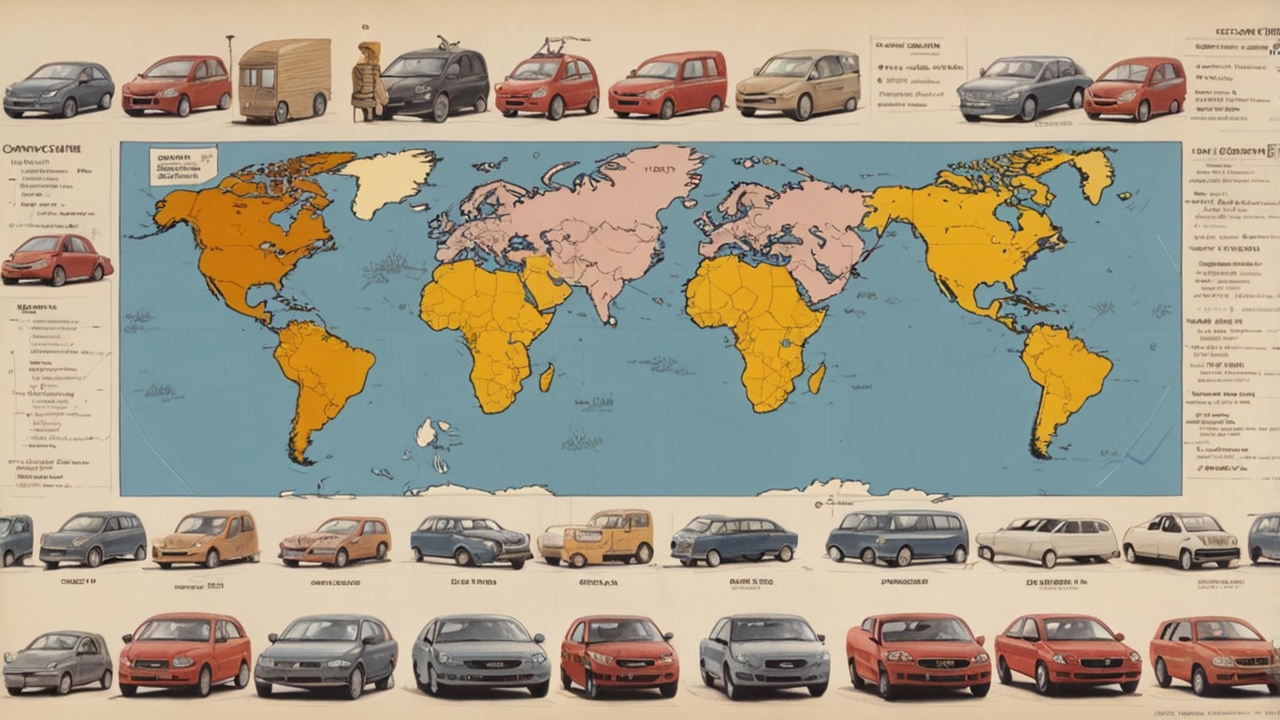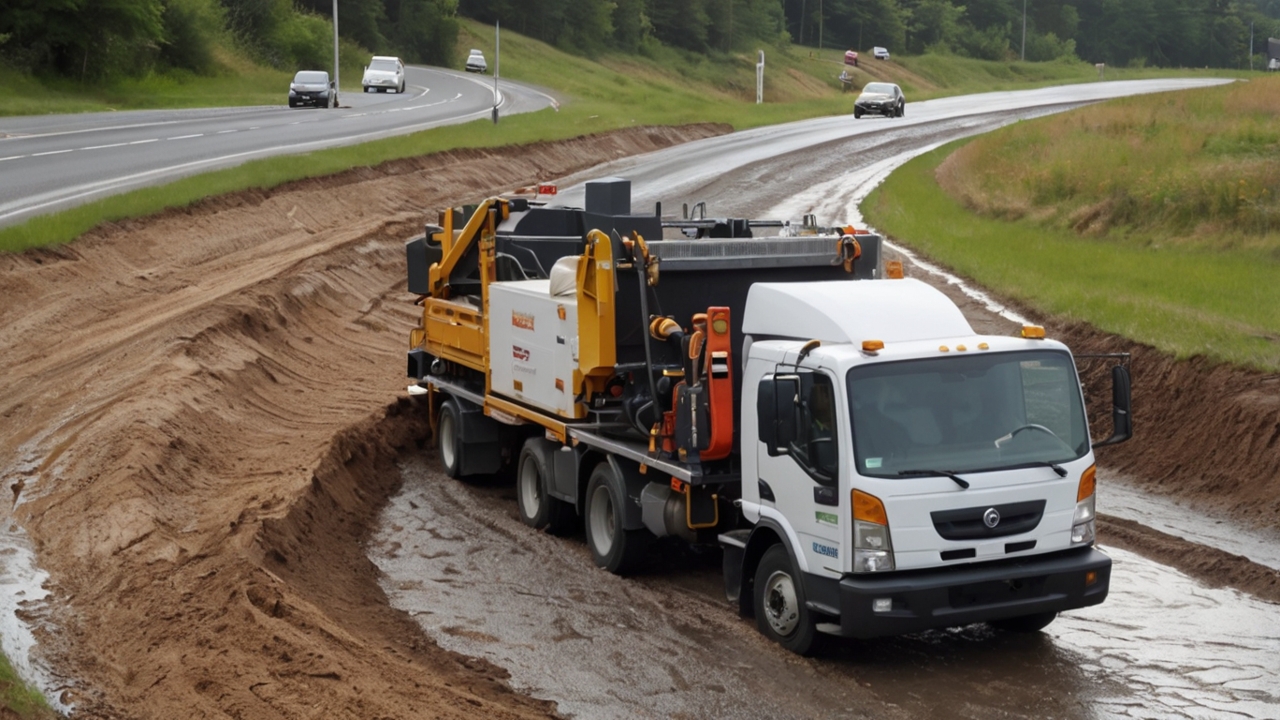How Crash Test Ratings Help Buyers Choose Safer Cars
Bukemersanacokyakisir – When buying a new car, safety is always at the top of the list. Crash test ratings give buyers the confidence they need to make informed choices. These scores come from trusted organizations like the National Highway Traffic Safety Administration (NHTSA) and the Insurance Institute for Highway Safety (IIHS). Unlike car ads, which often highlight design or speed, these ratings focus only on safety.
Crash tests simulate real-world accidents. They examine how vehicles handle frontal crashes, side impacts, and even rollovers. The results are then translated into ratings that every consumer can understand. This information helps buyers see beyond looks or performance and evaluate what truly matters—protection on the road. Knowing that a car has passed strict tests gives peace of mind. It also makes the buying process less overwhelming because safety is no longer a vague claim—it becomes a measurable fact that you can trust.
“Read more: President Vladimir Putin Optimism Before the Alaska Summit“
How Crash Tests Are Conducted to Ensure Reliability
Crash tests are not random. They are carefully designed experiments built to mimic the most dangerous accidents on the road. Vehicles are driven into barriers, struck from the side, or flipped in rollover simulations. Inside each car, crash test dummies equipped with sensors record every detail. These sensors measure potential injuries to the head, chest, and legs.
Engineers then study how well the car protected its passengers. They check how crumple zones absorbed energy and how airbags and seatbelts worked under stress. Afterward, the results are simplified into star ratings or safety grades. This makes the data easy for buyers to digest, even without technical knowledge. The process is repeated across all tested vehicles, creating fair comparisons. This consistency builds trust and assures buyers that the scores reflect real performance. In short, the reliability of crash tests comes from rigorous methods and strict standards applied to every single car.
The Role of Star Ratings in Buyer Decision-Making
Star ratings simplify complex crash data into something easy to understand. Most systems use a scale from one to five stars, with five stars offering the highest protection. This simple format makes comparisons quick and clear.
A small car with five stars might actually be safer than a larger vehicle with three. This breaks the myth that bigger always means safer. Star ratings also evaluate both driver and passenger safety, including children in the back seat. Families often look for higher ratings because they want peace of mind during everyday commutes or long trips.
Instead of relying on marketing, buyers can lean on science. A glance at the rating tells them how the vehicle performs in crashes. This knowledge shifts the decision-making process. It makes safety a top priority, not an afterthought. With this system, buyers can move beyond style or brand reputation and choose cars based on proven protection.
Crash Test Ratings as a Tool for Comparing Vehicles
The car market is crowded with choices, and crash test ratings help cut through the noise. These ratings act as a fair standard that applies to all models and brands. Without them, buyers would be left to trust only what manufacturers say, which is often biased.
Safety organizations, on the other hand, provide impartial results. They highlight strengths and weaknesses that many automakers prefer to keep hidden. With this information, buyers can compare cars in the same category or price range more effectively. For instance, two SUVs may look similar, but their side-impact scores could be very different. That one detail may determine which car is safer for your family.
Comparisons like these make buying less about guesswork and more about facts. In this way, crash test ratings create a common language of safety. They give consumers the power to choose vehicles based on evidence rather than promises.
The Connection Between Crash Tests and Advanced Safety Features
Modern crash tests go beyond basic collisions. They now measure how advanced safety features help prevent accidents in the first place. Cars are evaluated for systems like lane departure warnings, automatic emergency braking, and blind-spot detection.
These features don’t just reduce crash damage—they help avoid crashes entirely. For example, automatic braking can stop a collision before it happens, which may result in a higher safety rating. This is why newer models often perform better than older ones. The integration of technology with crash data creates a complete safety picture.
Buyers benefit because they get to see which vehicles combine strong design with smart technology. A car that scores well in both crash resistance and preventive systems offers double protection. This insight is critical for today’s drivers who face increasingly complex road conditions. With these evaluations, crash test ratings now reflect both passive safety and active prevention.
Why Families Pay Extra Attention to Crash Test Scores
For families, crash test ratings are more than numbers—they are reassurance. Parents want vehicles that keep children safe in every situation. Ratings that highlight child seat anchors, rear passenger protection, and side-impact performance are especially important.
A five-star rating brings peace of mind during school runs, road trips, and daily errands. It assures parents that the car has been tested under tough conditions and proven reliable. Beyond that, it helps them choose vehicles that fit child safety seats correctly and provide secure anchoring.
Families are not only buying comfort; they are investing in security. Knowing that a car protects well in a collision means fewer worries on the road. This peace of mind makes crash test ratings a top priority for parents. In a crowded market, where so many cars look appealing, safety ratings remain the clearest guide for families making life-saving decisions.
How Crash Test Ratings Influence the Car Market
Crash test ratings shape more than consumer choices—they influence the car industry itself. Automakers know that poor safety scores can hurt sales. On the other hand, cars with excellent ratings often gain popularity and consumer trust.
This pressure pushes manufacturers to invest in research and innovation. Better crumple zones, smarter airbag systems, and stronger materials all come from the drive to achieve higher scores. Over time, this cycle raises safety standards across the entire market. Even budget-friendly cars now offer features that were once found only in luxury models.
Regulatory agencies also use crash test data to set new requirements. This creates accountability and ensures progress doesn’t stall. For buyers, this means every year brings safer vehicles. Crash test ratings, therefore, don’t just inform purchases—they drive industry-wide improvements. Safety becomes a selling point, not just a legal requirement, benefiting everyone on the road.
Why Crash Test Ratings Matter More Than Ever
In today’s fast-paced world, where drivers face countless risks on the road, crash test ratings provide an essential layer of reassurance for car buyers. They turn complex data into clear, accessible information that empowers consumers to make safer choices. From evaluating vehicle structures to analyzing advanced safety features, these ratings give a complete view of how well a car protects its occupants. For families, they offer peace of mind; for manufacturers, they create incentives to innovate; and for society, they set higher standards of road safety.
Ultimately, crash test ratings remind us that buying a car is not just about comfort, design, or performance—it’s about protecting lives. By relying on this trusted source of information, buyers can confidently select vehicles that balance style, efficiency, and most importantly, safety. In a marketplace full of options, crash test ratings serve as the compass that points drivers toward the safest journey possible.



